| MATH 661.FA21 Practice Final
Examination 1 |
|
Solve the problems for your appropriate course track. Problems probe
understanding of the course concepts. Formulate your answers clearly and
cogently. Sketch out an approach on scratch paper first. Then briefly
transcribe the approach to the answer you turn in, followed by
appropriate calculations and conclusions, within allotted time. Use
concise, complete English sentences in the description of your approach.
Each question is meant to be completely answered and transcribed from
proof to final copy within thirty minutes. Concentrate foremost on clear
exposition of the concept underlying your approach.
1Track 1
-
Consider the ballistic missile trajectory problem of national
defense interest. From measurements of the positions
at successive times ,
predict the target reached at time .
Formulate a procedure to predict ,
assuming the missile is known to follow a parabolic trajectory.
-
Construct a quadrature formula for integrals of the form
-
Find the best approximant in the least squares sense of
within .
-
Find the best inf-norm approximant of ,
by a first-degree polynomial.
-
Propose a scheme to solve the integro-differential equation
2Track 2
-
Construct an approximant of
where
is a symmetric positive definite matrix-valued function of .
-
Construct a quadrature formula for integrals of the form
where
is a symmetric negative definite matrix-valued function of , and
has Riemann integrable components.
-
Find the best approximant of
within ,
in a space with scalar product
and norm
where
is symmetric positive definite. Verify the correspondence principle
that for
standard least-squares projection is obtained.
-
Find the best inf-norm approximant of ,
by a first-degree polynomial.
-
Consider the half-derivative operator
defined as
where
is the derivative operator. Propose a numerical scheme to evaluate
that can be used to solve fractional differential equations.
